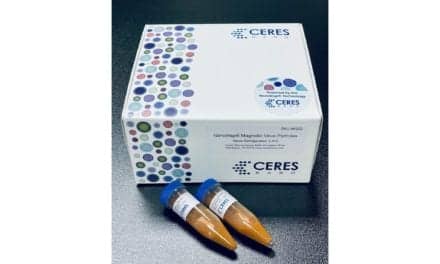Scientists show that there is a close association between clinical cases of COVID and viral loads in wastewater, with the viral loads picking up two days before the cases were detected.
A rigorous and multi-pronged testing approach was enacted to limit the spread of COVID during the Tokyo 2020 Olympics and Paralympics in 2021, a period of prevalence for the virus. Following from previous research, a team lead by Associate Professor Masaaki Kitajima at Hokkaido University shows the association between SARS-CoV-2 viral loads in wastewater and cases reported at the Olympic and Paralympic Village. Their findings were published in the journal JAMA Network Open.
COVID Testing at the Olympics
The athletes and support staff at the Olympic and Paralympic Village were tested daily. Additionally, wastewater in the sewage system was also sampled and tested (wastewater-based epidemiology, WBE) daily to determine viral loads. The results were reported to the Tokyo 2020 Organizing Committee.
In this study, the authors wanted to examine the association between clinically reported cases and viral loads in wastewater. They correlated the results of 360 samples collected from manholes in seven distinct areas of the Village with confirmed COVID cases obtained from the Organizing Committee, and with data of close contacts tests from a previous report.
The researchers found that SARS-CoV-2 was present in 151 wastewater samples—53 from the Olympics and 98 from the Paralympics. The number of confirmed cases was also higher in the Paralympics. The strongest correlation between SARS-CoV-2 RNA load in wastewater and the presence of clinical positive areas was found in areas that had maximum viral loads in wastewater in a three-day span (two days before to the day of clinical positive area).
Complementary Testing
The study suggests that WBE and clinical tests are complementary, and that the testing strategy played a role in preventing COVID-19 clusters in the Village. This study of one of the world’s largest mass gatherings provides novel evidence on the implementation and use of WBE in communities where all members undergo daily testing and could be used to trace and control COVID-19 clusters in the future.
Featured image: Wastewater sample being collected from a manhole in the village. Photo: Masaaki Kitajima




